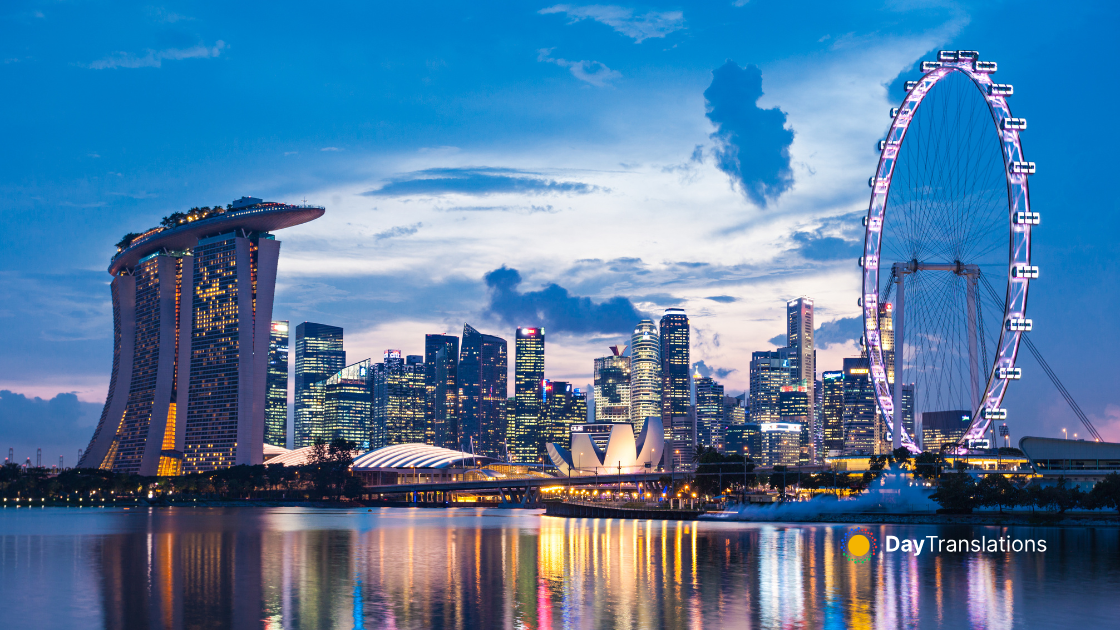Geography of Russia: Important Geographical Information about Russia
In this Country Profile
Located in the northern and middle latitudes of the Northern Hemisphere, Russia spans almost half the globe from east to west and about 4,000 kilometers from north to south. Divided into eleven time zones, Russia is by far the world’s largest country. It occupies occupies a substantial part of Eastern Europe and Northern Asia. As the world’s largest country, Russian has a very diverse geography. Russia’s topography includes the world’s deepest lake and Europe’s highest mountain and longest river.
Russia is traditionally divided into five natural zones: the tundra zone; the forest zone; the steppe, or plains, zone; the arid zone; and the mountain zone. Most of Russia consists of two plains (the East European Plain and the West Siberian Plain), two lowlands (the North Siberian and the Kolyma, in far northeastern Siberia), two plateaus (the Central Siberian Plateau and the Lena Plateau to its east), and a series of mountainous areas. Ural mountains cover 2,500 miles of eastern Russia and are the most famous of the country’s mountain ranges because they form the natural boundary between Europe and Asia. The highest peak, Mount Narodnaya, is only 1,894 meters. The magnificent Caucasus Mountains rise to impressive heights, forming a boundary between Europe and Asia. Mount Elbrus is the highest point in Europe: 5,642 m.
Russia has more than 100,000 rivers. Volga is one of the most famous rivers in the world, and not only because it is Europe’s longest river, but also because of its major role in Russian history. The largest and most prominent of Russia’s bodies of fresh water is Lake Baikal, the world’s deepest (1700 m), most ancient (25 million years) lake which contains 20% of the world’s total unfrozen freshwater reserve. It is a powerful symbol of environmental purity for Russians.

Sorry, the comment form is closed at this time.